
• Using numerical ecology to understand and predict marine coastal biodiversity, focusing on the role of foundation species like seagrass 🌱 and maerl 🪸
• Trait-based ecology, community trajectory, ML, Rstats, ☕
🏝️ Helps track ecosystem shifts from climate change
🛑 Detects early warning signs of degradation (e.g., kelp loss → urchin barrens).

🏝️ Helps track ecosystem shifts from climate change
🛑 Detects early warning signs of degradation (e.g., kelp loss → urchin barrens).
🏝️ 17 distinct habitat states, including kelp forests, coral reefs & transitional zones
📉 Our pipeline captures fine-scale ecological changes over time
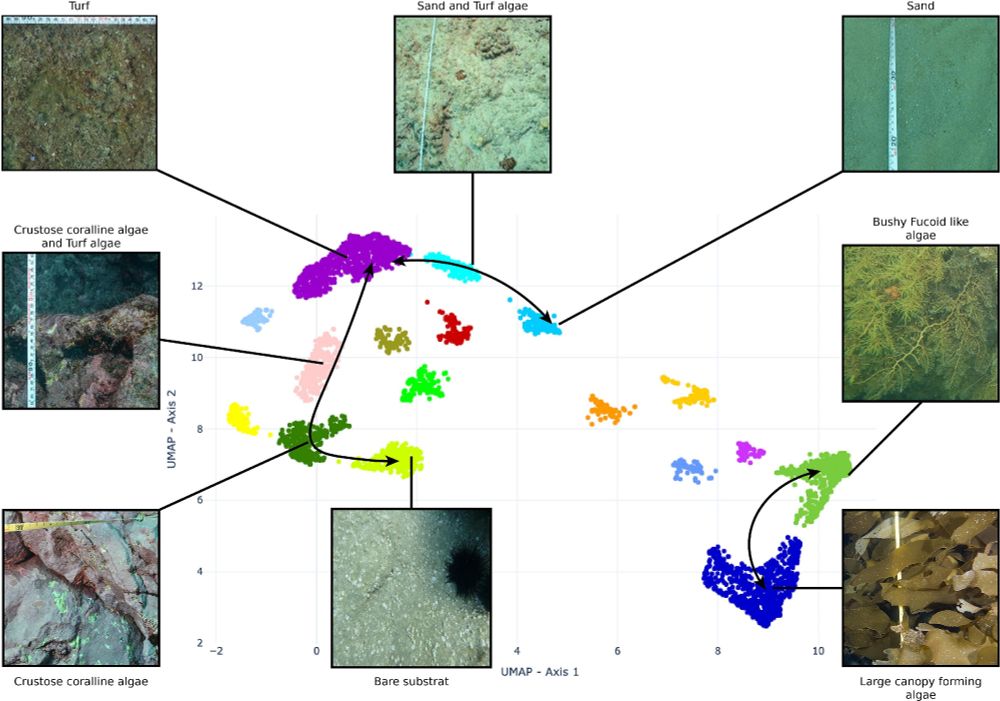
🏝️ 17 distinct habitat states, including kelp forests, coral reefs & transitional zones
📉 Our pipeline captures fine-scale ecological changes over time
👩🔬 Reef Life Survey divers collected 6554 transects worldwide
📸 Standardized photoquadrat sampling ensured consistency
📊 It enabled us to track habitat transitions over time
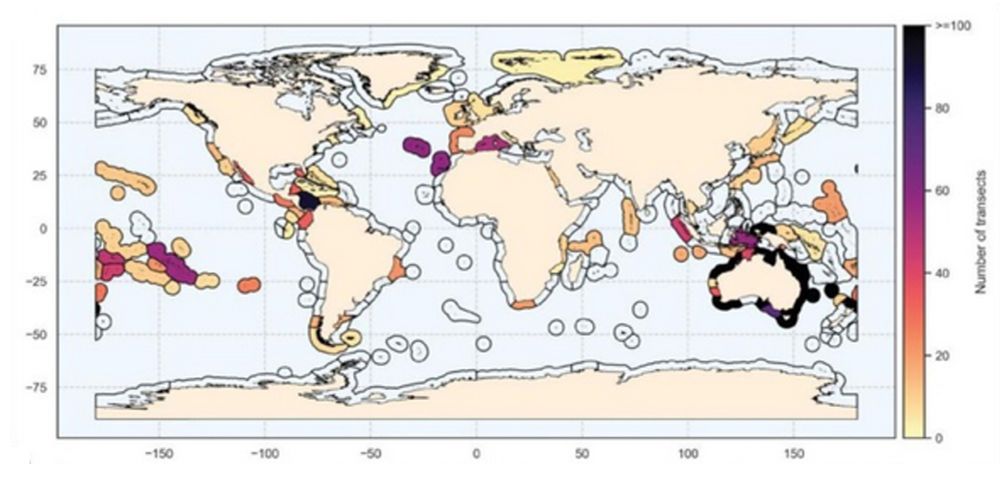
👩🔬 Reef Life Survey divers collected 6554 transects worldwide
📸 Standardized photoquadrat sampling ensured consistency
📊 It enabled us to track habitat transitions over time
So, we used SHAP to:
📌 Identify which features drive cluster formation
📌 Uncover non-linear interactions in benthic ecosystems
📌 Improve ecological interpretability of results
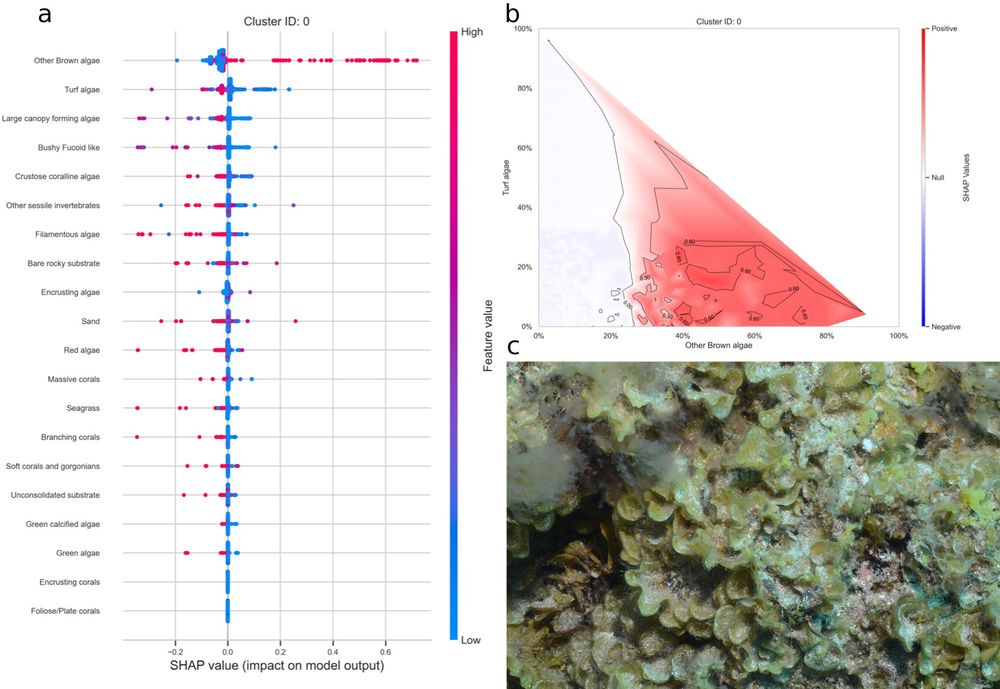
So, we used SHAP to:
📌 Identify which features drive cluster formation
📌 Uncover non-linear interactions in benthic ecosystems
📌 Improve ecological interpretability of results
✅ Captures complex ecological structures
✅ Finds clusters of varying shapes & sizes
✅ Filters noise instead of forcing data into clusters
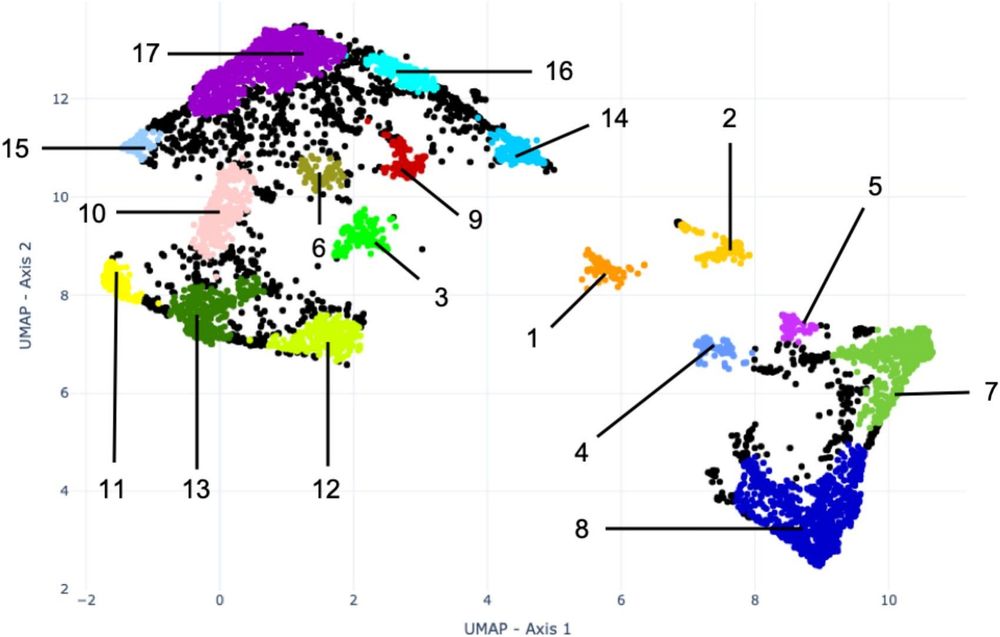
✅ Captures complex ecological structures
✅ Finds clusters of varying shapes & sizes
✅ Filters noise instead of forcing data into clusters
youtu.be/dGsxd67IFiU?...)
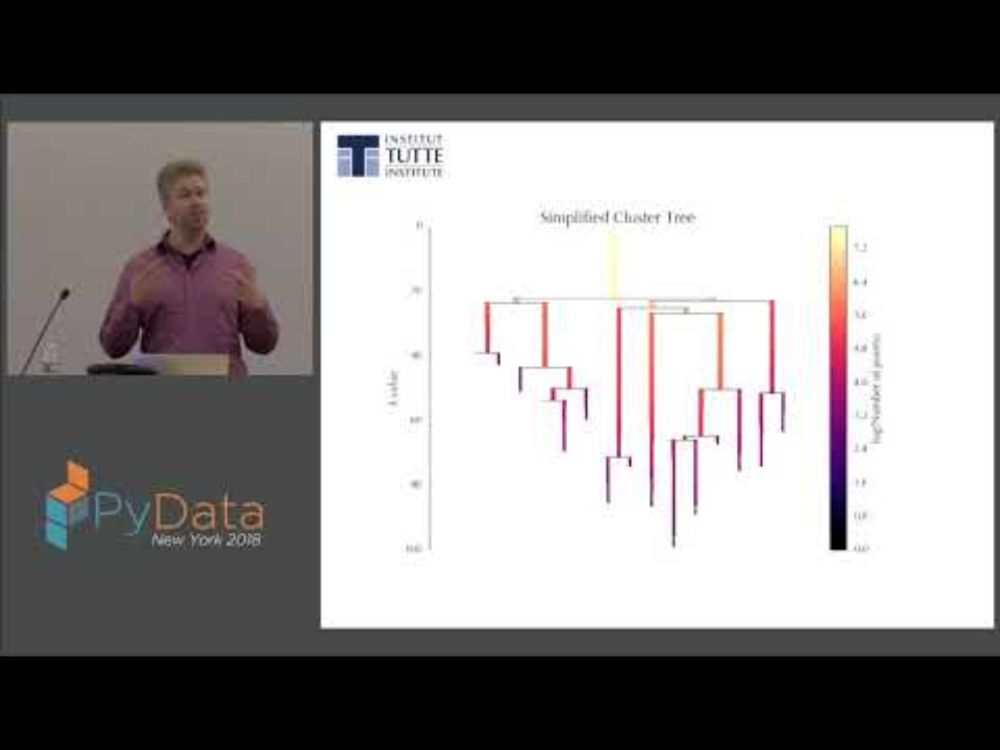
youtu.be/dGsxd67IFiU?...)


